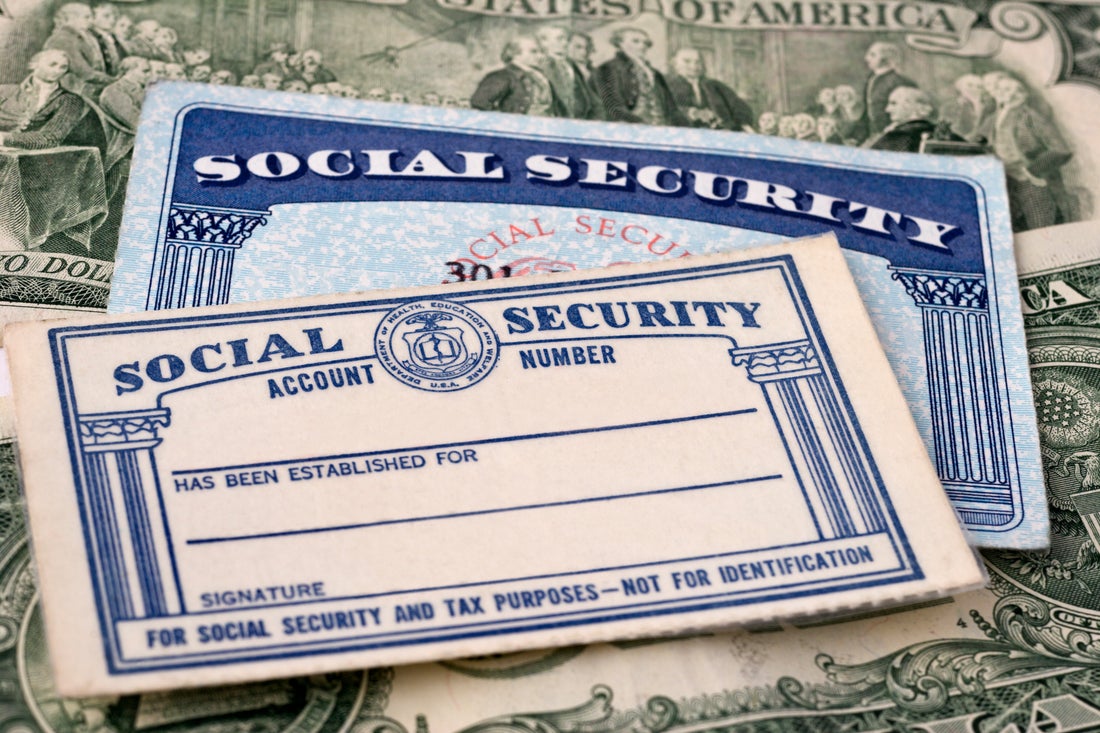Saving for retirement often boils down to making sacrifices. But the more money you put away today, the more financial security you'll buy yourself in the future, so it pays to make that effort -- and that includes pushing yourself to max out your annual retirement plan contributions.
If you're saving for retirement in a 401(k), maxing out might prove rather challenging. Currently, the annual limits are set at $18,500 for workers under 50, and $24,500 for those 50 and over. Either total is a lot of money to part with in a single year.

IMAGE SOURCE: GETTY IMAGES.
On the other hand, if you're saving for retirement in an IRA, maxing out becomes much easier. That's because the annual limit for workers under 50 is just $5,500, while the limit for those 50 and older is $6,500. This means if you're 35 years old, you can max out by setting aside $458.33 a month. And while that's still a lot of money, it is doable. But if you're not convinced you can scrounge up $458.33 a month, here are some suggestions for freeing up that cash.
1. Cut back on one major expense
It's not reasonable or realistic to cut back on every single bill you're currently on the hook for. You can, however, free up a nice chunk of cash without too heavily compromising your quality of life by reducing one major expense, like your home or vehicle.
Imagine you're currently spending $1,200 to live in a spacious apartment in a trendy neighborhood. If you're willing to downsize to a smaller space, or move to a less desirable area, you might easily shave $300 a month off of your rent, which will get you more than halfway toward the $458.33 it takes to max out an IRA.
If you're not willing to make one major change, you may need to consider a series of smaller ones. Canceling your premium cable package and getting a basic one instead might free up $60 or $80 a month, but it won't free up $300. But if changing your living arrangement or giving up a vehicle will wreck your happiness, then go ahead and slash away at some different expense categories instead.
2. Bank your bonus cash
Over the course of the year, you're apt to find yourself the happy recipient of extra cash -- meaning, money that's not part of your regular paycheck. Maybe it'll come in the form of a bonus at work, or a tax refund from the IRS. Either way, if you make a point to stick that money directly into your IRA before spending a penny of it, you'll get yourself that much closer to maxing out.
Say you get a tax refund to the tune of $3,000 (which is in the ballpark of what the average filer gets each year). If you were to put that money directly into your IRA, you'd only need to come up with $208.33 per month instead of $458.33. And that makes maxing out an even more achievable goal.
3. Get a side hustle
When you spend your days working, the idea of working during your free time is probably unappealing. But if you're willing to get a side hustle, that move alone might enable you to max out your IRA. In fact, of the 44 million Americans who have a side hustle today, 36% bring home over $500 a month extra as a result. If you're able to generate that much cash, you'll have the option to max out your IRA without having to worry about cutting back on living expenses.
Maxing out your IRA won't just help you live more comfortably when you're older; it'll also help your taxes in the present. As long as you put your money into a traditional IRA, and not a Roth, you'll get an immediate tax break on your contributions. This means if your effective tax rate is 25%, maxing out at $5,500 a year will save you $1,375 in taxes -- just like that. And that's reason enough to push yourself to hit that goal.





